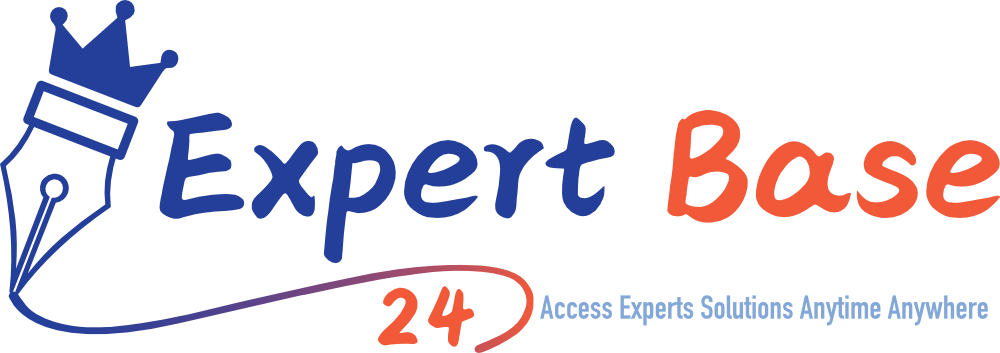R is a powerful tool for data analysis and statistical computing, widely used by researchers, data scientists, and analysts. With its extensive libraries and active community, R can handle everything from basic statistics to advanced data modeling. If you’re new to R, this blog will guide you through the process of conducting research analysis step by step.
Why Use R for Research Analysis?
R offers several advantages:
- Free and Open-Source: R is free to use and supported by a vast community.
- Versatile: It can handle a variety of data types and analyses.
- Reproducible Research: Scripts in R ensure that your analysis is transparent and reproducible.
- Visualization: Create stunning graphs and charts with packages like ggplot2.
Step-by-Step Guide to Research Analysis in R
- Define Your Research Question
Start by identifying the goal of your analysis. Ask:
- What problem are you trying to solve?
- What insights do you need from your data?
- What statistical methods will you use?
- Install R and RStudio
- R: Download and install R from CRAN.
- RStudio: Install RStudio, a user-friendly interface for R, from RStudio’s website.
- Load Your Data
Import your dataset into R. Common formats include CSV, Excel, or databases.
- Use the csv() function for CSV files:
data <- read.csv(“your_dataset.csv”)
- For Excel files, install and use the readxl package:
· library(readxl)data <- read_excel(“your_dataset.xlsx”)
- Clean and Prepare Your Data
Data preparation is critical for accurate analysis. Tasks may include:
- Checking for Missing Values:
sum(is.na(data))
- Renaming Columns:
colnames(data)[1] <- “New_Column_Name”
- Filtering Data:
filtered_data <- subset(data, column_name > value)
- Perform Descriptive Analysis
Begin with summary statistics to understand your data:
- Summary of Data:
summary(data)
- Visualizing Distributions:
hist(data$column_name)
- Conduct Statistical Tests
R supports a wide range of statistical tests. Here are a few examples:
- T-Test:
t.test(column1 ~ column2, data = data)
- ANOVA:
· aov_results <- aov(column1 ~ column2, data = data)summary(aov_results)
- Regression Analysis:
· model <- lm(dependent_variable ~ independent_variable, data = data)summary(model)
- Create Visualizations
Use R’s visualization libraries to present your findings:
- Basic Plot:
plot (data$column1, data$column2)
- Advanced Visualization with ggplot2:
· library(ggplot2)ggplot(data, aes(x = column1, y = column2)) + geom_point()
- Document Your Findings
Save your analysis and share your results:
- Export Graphs:
ggsave(“plot.png”)
- Save Processed Data:
write.csv (data, “processed_data.csv”)
- Reflect and Iterate
Analysis is rarely a one-and-done process. Reflect on your results:
- Did the analysis answer your research question?
- Are additional tests or visualizations needed?
- Are there alternative interpretations of the data?
Tips for Success with R
- Learn by Doing: Practice with real datasets to gain confidence.
- Use Help Files: Type? function_name in R to access documentation.
- Join the Community: Engage with R communities on forums like Stack Overflow for support.
Get Expert Help with R
At Expert Base 24, we provide comprehensive support for research analysis using R. Whether you’re just starting out or need advanced guidance, our experts are here to help you every step of the way.









